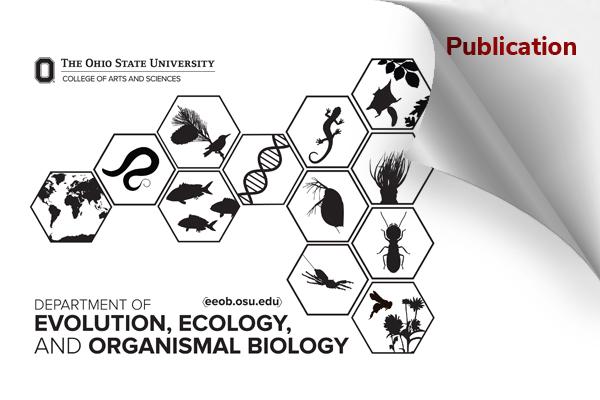June 20, 2025
EEOB Publication - Ludsin

Ecology of Lake Erie: Causes, consequences and management of eutrophication
Mohiuddin Munawar, Stuart A. Ludsin. Aquatic Ecosystem Health & Management, 28(1):1-4 (2025). DOI: 10.14321/aehm.028.01.1
No abstracts available
